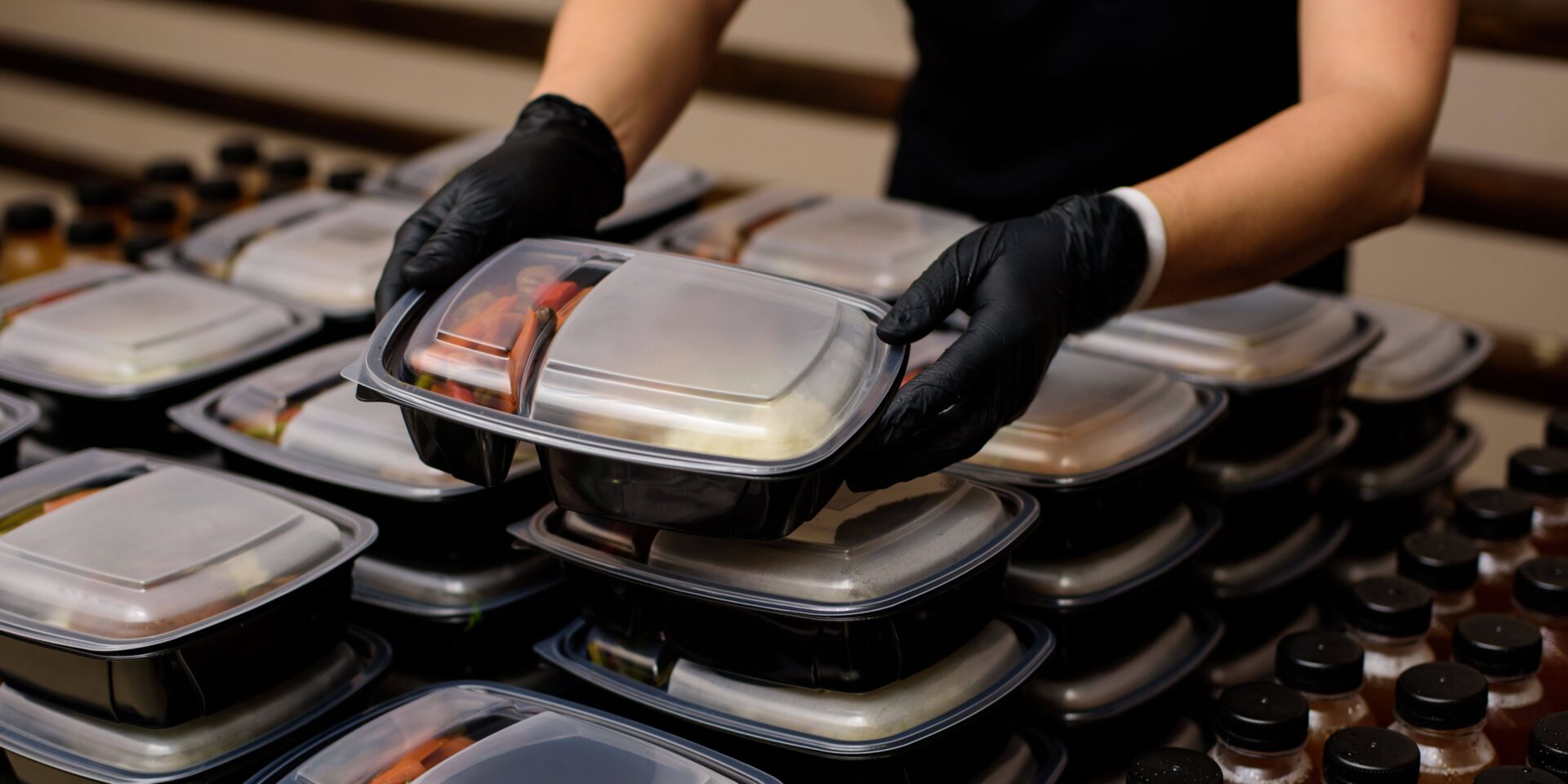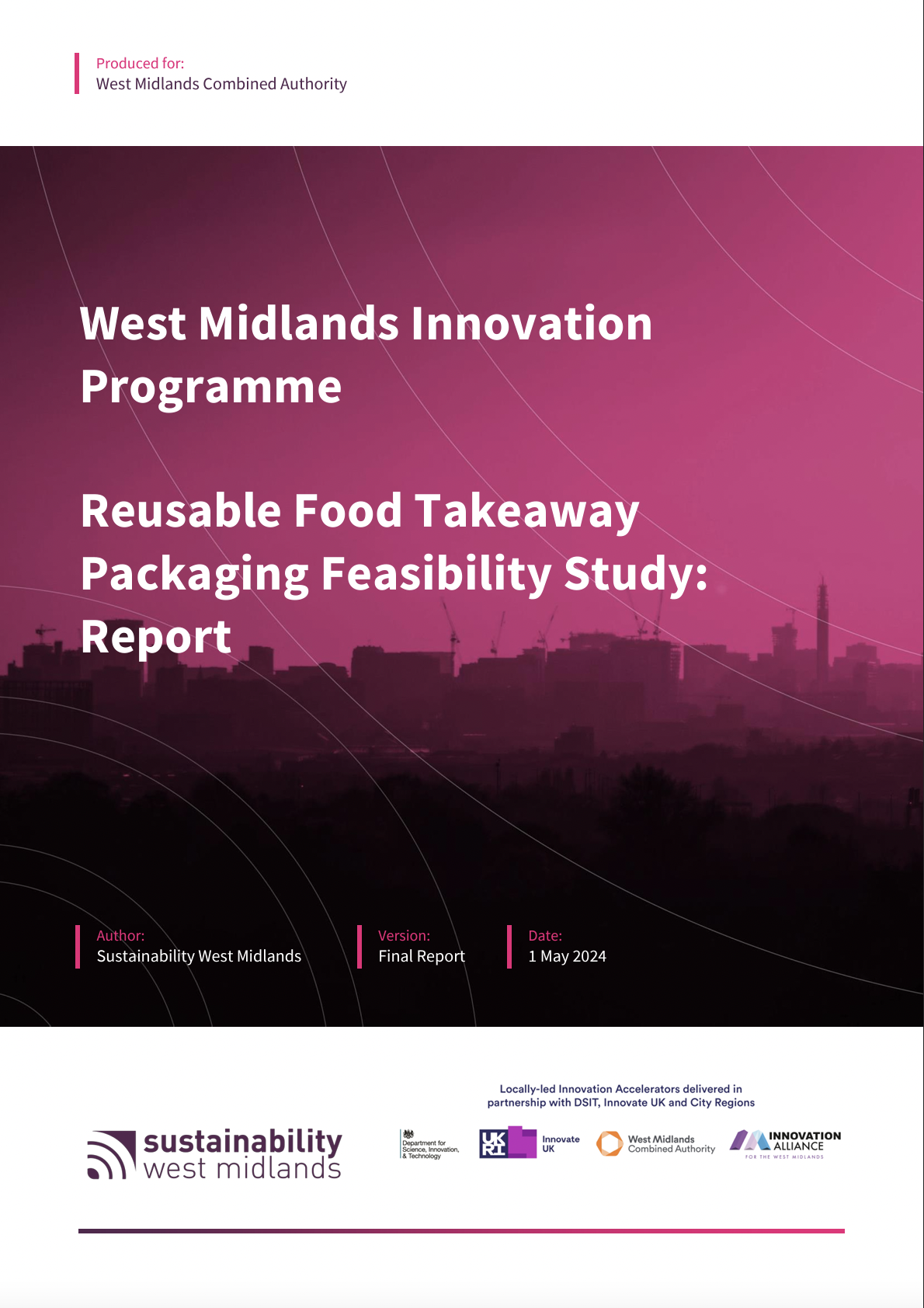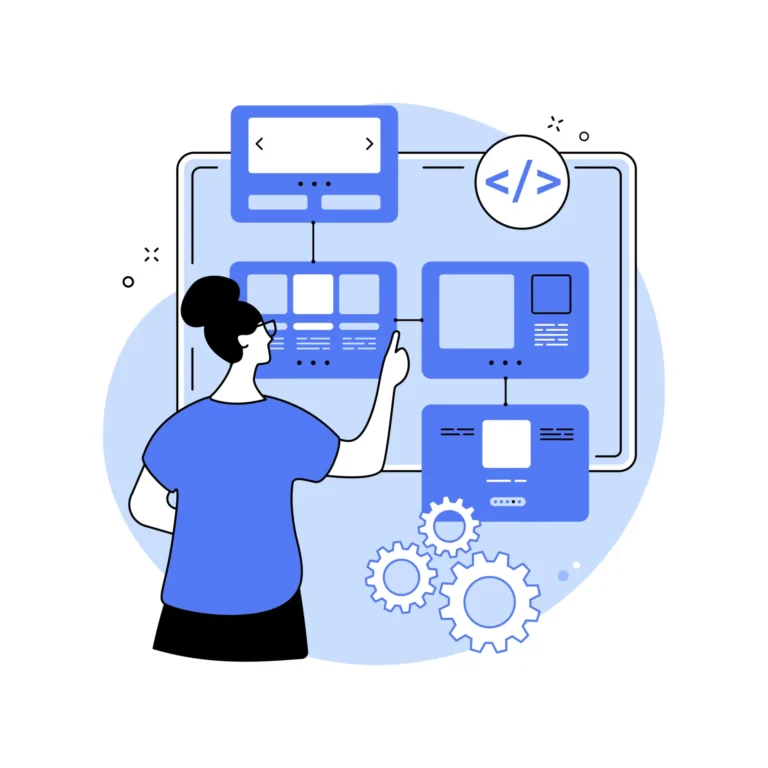
Single use food takeaway packaging is a significant environmental problem; in terms of embodied carbon emissions, resource use, and microplastic pollution from waste. Reusable food takeaway packaging could be a potential solution to this problem and could represent an opportunity for innovation and economic growth.

A feasibility study was therefore carried out to explore the barriers and drivers to the adoption and retention of reusable food takeaway packaging schemes, and to make recommendations as to the design of a potential pilot scheme. A high-level desk research and multiple case study analyses from the UK and EU were conducted, complemented by a questionnaire survey of 24 food outlets in Kings Heath, South Birmingham. Additionally, Birmingham already has a reusable takeaway cup scheme, Brummie Cups, which provided valuable insights into the barriers and drivers of implementing a reusable takeaway packaging scheme in the city, therefore, 4 interviews were organised with individuals involved in the Brummie Cup scheme.
The study found that the introduction of a reusable takeaway packaging scheme requires a reconfiguration of the system of non-home-cooked food provision in its entirety. This will necessitate a number of different interventions to put reusable packaging collection infrastructure in place, make the scheme appear ubiquitous and the standard choice, and change the behaviour of both food consumers and producers.
It is recommended that a pilot be designed to trial a scheme with the following characteristics:
- • Create a community-level intervention
- • Choose an appropriate pilot location
- • Use anchor institutions to push the message
- • Work with takeaway delivery platforms
- • Positive communication
- • Data collection
- • Use existing packaging or an existing delivery partner
This report has a full wealth of analysis, findings and case studies on the current food packaging landscape, and how the lessons learned can be applied to a larger-scaled pilot project.
Read the full feasibility study today by clicking the button below.






